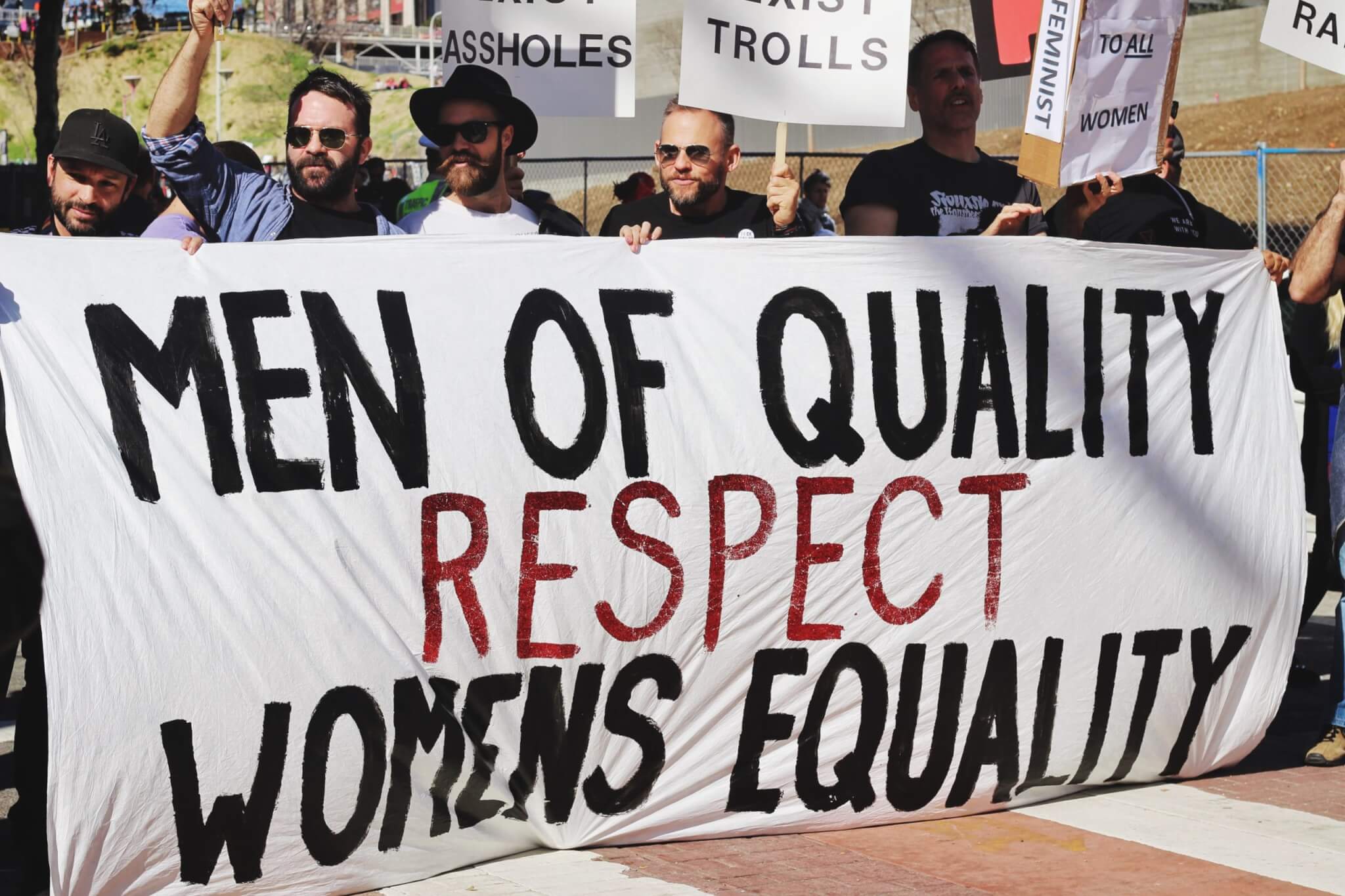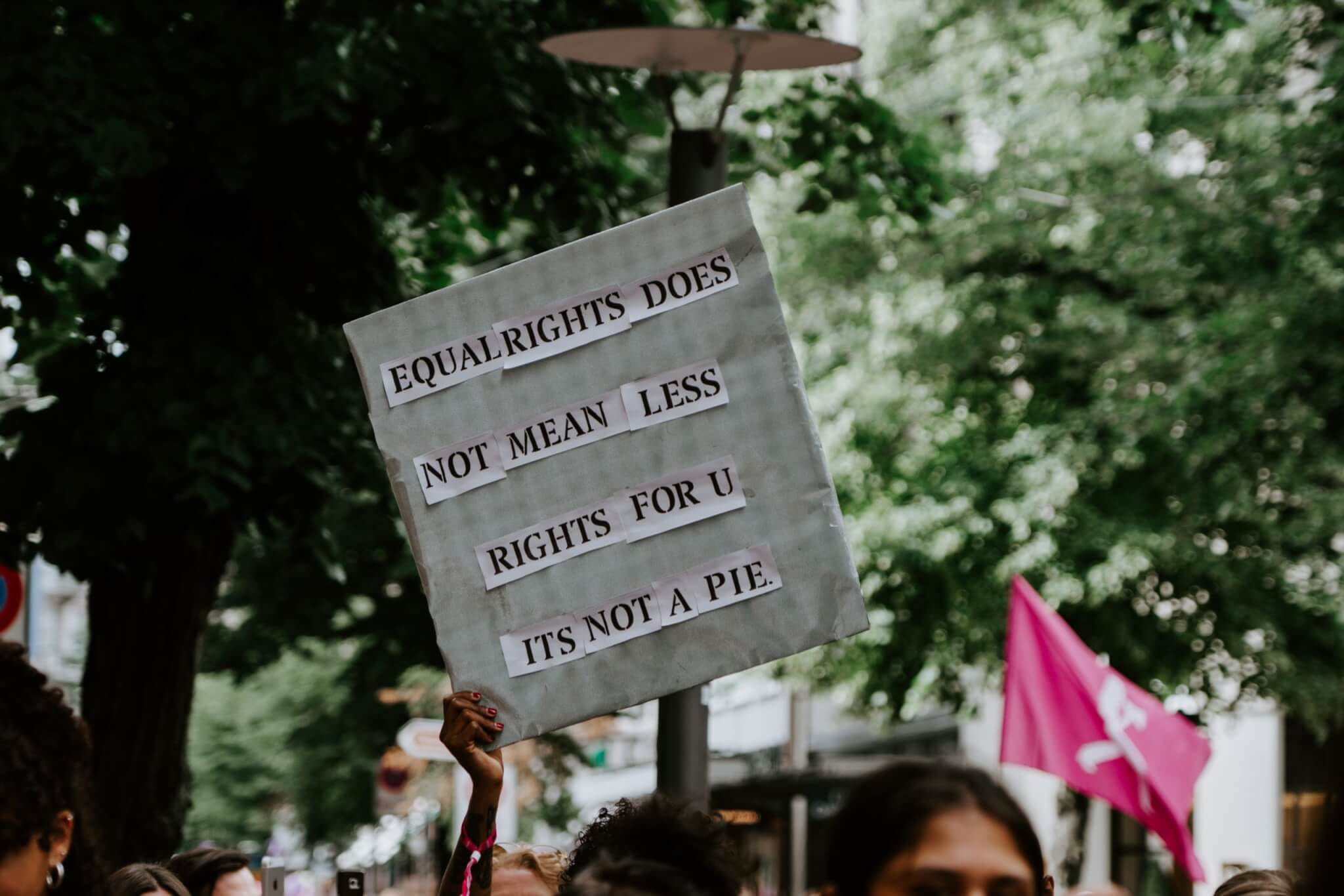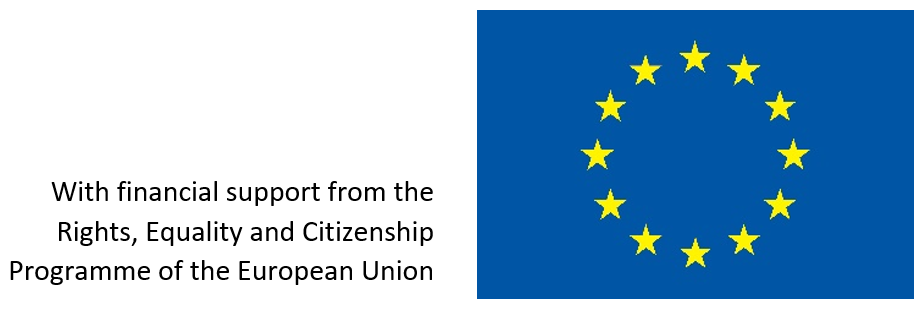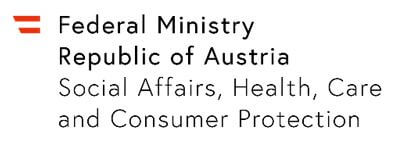Gender inequality can be observed in a variety of contexts and is easily proved by the data. The salary gap between genders is still a concern that brings to the table a diversity of issues.
In Portugal, the reported 2017 salary of a woman is, on average, 14,9% less than of a man. If we look into the average monthly earnings, which includes prizes, overtime pay and allowances, the gap rises to 18.3%. The numbers are even higher in senior corporate roles, reaching 26,4% and creating a gender-gap of more than 670€ per month (1).
From an economical perspective, the salary differences could be explained by a similar gap in productivity. But a study conducted (2) in the Danish labour market showed that childless women are as productive as men, but still receive much less.
Looking at mums, the loss in productivity explains 3/4 of the salary gap (2). However, the productivity loss does not extend itself to fathers, as they earn a fifth more than men without children (3). On the other hand, mothers earn 7% less than childless women.
This data reinforces the concern on gender inequality, with an emphasis on the penalty that maternity represents for women’s salary and career. It is then crucial to provide viable solutions to reduce and further eliminate this issue.
Childcare and lactation facilities are indeed viable answers to the problem but can be a burden in family’s budget. Governments should consider providing the service for families in need.
It is still rooted in society the idea that women are the default parent and so they face social pressure to be in charge. Legislation that promotes paternity leave, raises awareness to the fact that children are an equal responsibility for the parents and encourages women to pursue their careers is much needed.

In Iceland, the majority of men take parental leave which contributes to making this country the one with the lowest salary gap between genders, 4.8% in 2017 (4). Certainly, paternity leave is not the only factor that justifies the low Iceland numbers, but it is a policy that could narrow the gap in many other countries.
The preconceived ideas associated with each parent, make the change harder. Employers need to be aware that fathers also want to spend time with the newborn and are not the only responsible parent for bringing food to the table.
On the other hand, the role of a mother should not be limited to parenting. Women must challenge pregnancy discrimination to build a society where caring does not only rest with them.
Organizations should promote campaigns to break the preconceptions associated with maternity and its implications in the life of both parents. Not welcoming a mother or not hiring pregnant women are practices that should be condemned and judged by the law, as they reinforce the negative cultural norms associated with maternity and further worsen the problem.

They should also spark the dialogue about women receiving, on average, lower salaries than men. This happens because they are either making less for the same work, or they are not having access to the same opportunities, especially in leadership positions where the pay level is higher. Both of these issues expose the injustice and inequality associated with the gender pay gap.
Raising awareness of this issue is the first step to take. The next, involves necessary action and change.

A research study published in 2015 (5), shows that Portuguese women with the same academic qualifications, age and from the same region, still earn 23% less than men.
The Portuguese Government now imposes that both companies and political office holders have, at least, 40% of women in leadership positions (6). The campaign “I deserve equal” (7) was also launched to promote equal pay for both genders and will be broadcasted in all media.
With the application of its policies, Portugal is approaching the average European numbers of the gender pay gap. There is still a long way to go, but if we all march towards equality, salaries will be established objectively and never based on gender criteria.
Written by Filipa Canelas, WAVE Youth Ambassador from Portugal
Sources
1) «Salário igual para trabalho igual ou de valor igual». (2019). Retrieved 2 September 2019, from: https://www.portugal.gov.pt/pt/gc21/comunicacao/noticia?i=salario-igual-para-trabalho-igual-ou-de-valor-igual
2) Gallen, Y. (2018). Motherhood and the Gender Productivity Gap. Retrieved 3 September 2019, from: http://yanagallen.com/Draft_Gallen_GPG.pdf
3) Cory, G., & Stirling, A. (2016). Pay and Parenthood – An analysis of wage inequality between mums and dads. Retrieved 4 September 2019, from: https://www.tuc.org.uk/sites/default/files/Pay_and_Parenthood_Touchstone_Extra_2016_LR.pdf
4) Hagstofan: Launamunur kynjanna dregst saman. (2018). Retrieved 4 September 2019, from: https://hagstofa.is/utgafur/frettasafn/laun-og-tekjur/rannsokn-a-launamun-kynjanna-2008-2016/
5) Card, D., Cardoso, A., & Kline, P. (2019). Bargaining, Sorting, and the Gender Wage Gap: Quantifying the Impact of Firms on the Relative Pay of Women. Retrieved 2 September 2019, from: https://www.nber.org/papers/w21403
6) «Lei da Paridade nos Órgãos Colegiais Representativos do Poder Político». (2019). Retrieved 3 September 2019, from: https://www.parlamento.pt/Legislacao/Documents/Legislacao_Anotada/LeiParidade_Simples.pdf
7) Campanha “Eu mereço igual”. (2019). Retrieved 4 September 2019, from: https://www.youtube.com/watch?v=TWfqAAs-bZY






